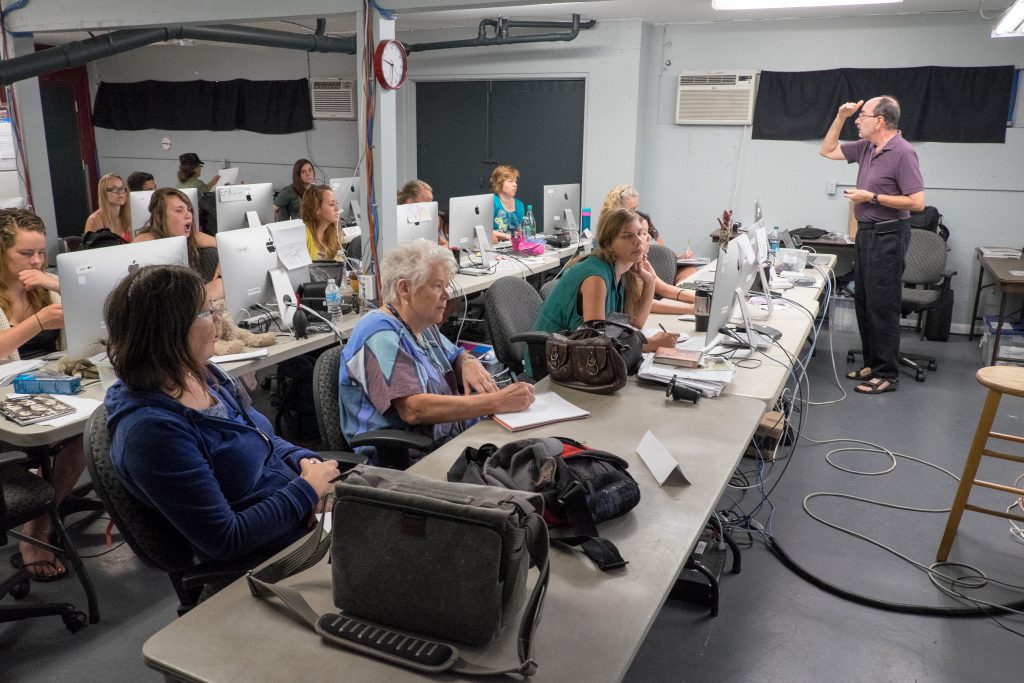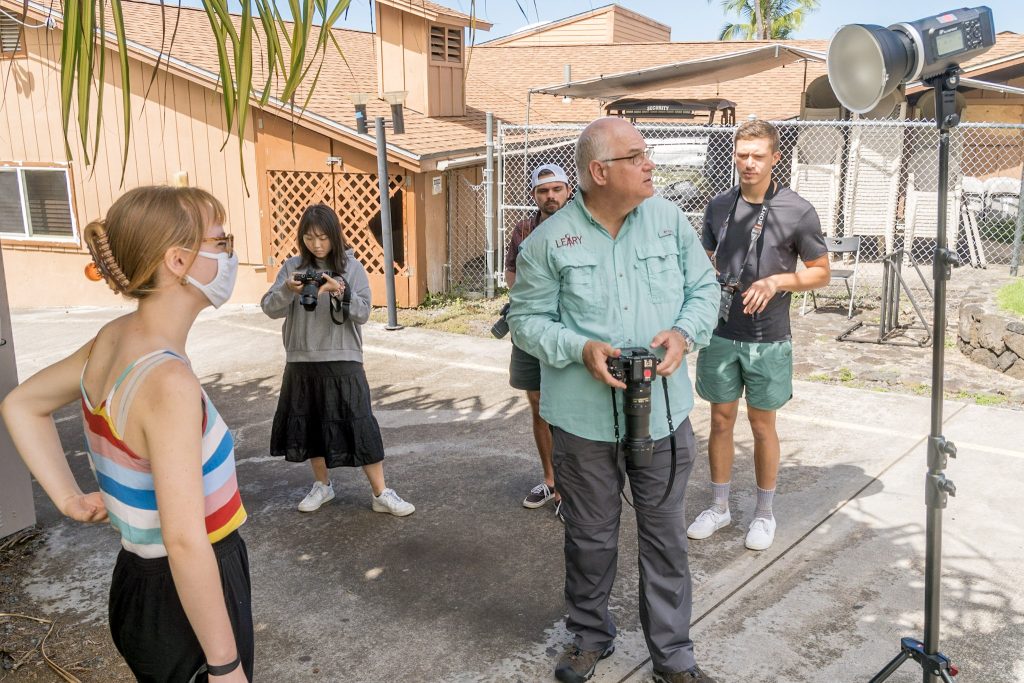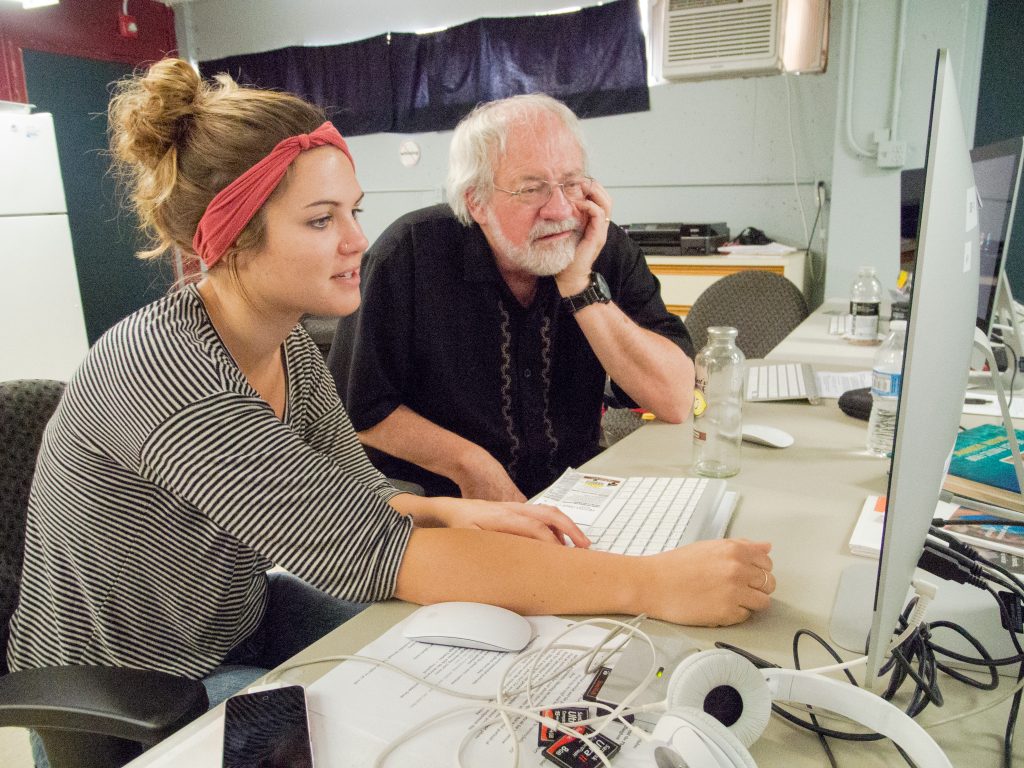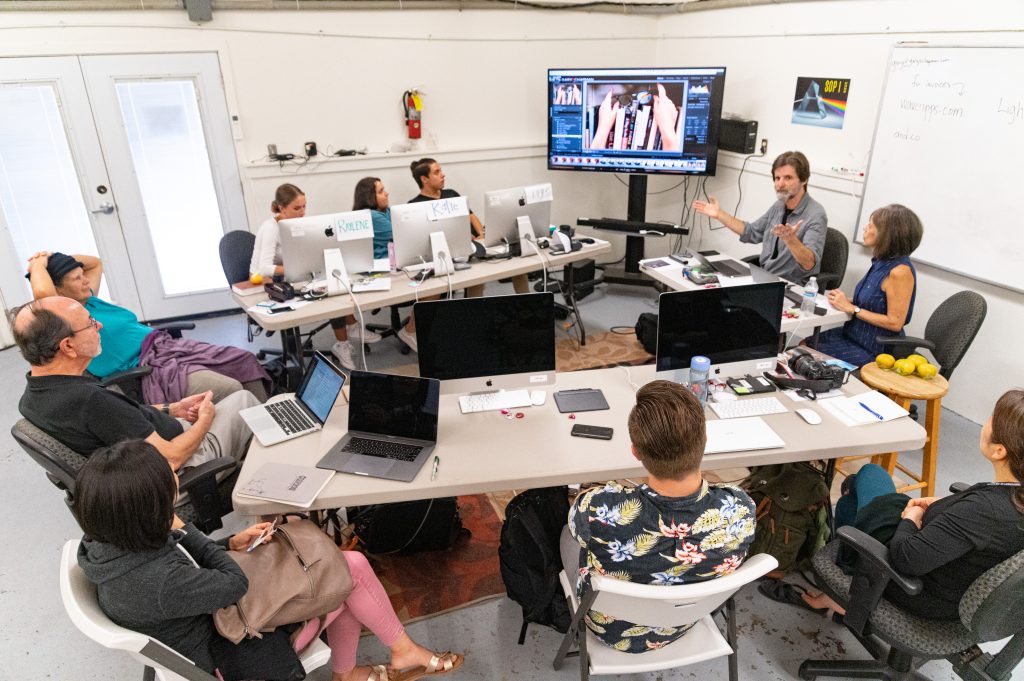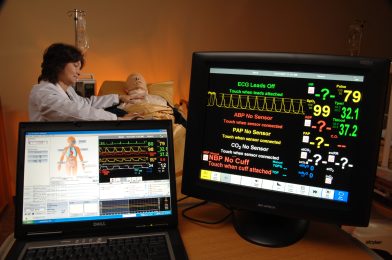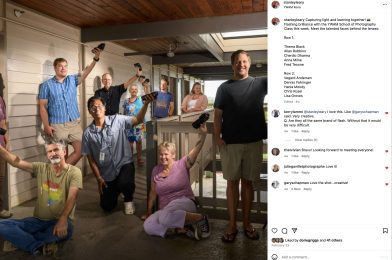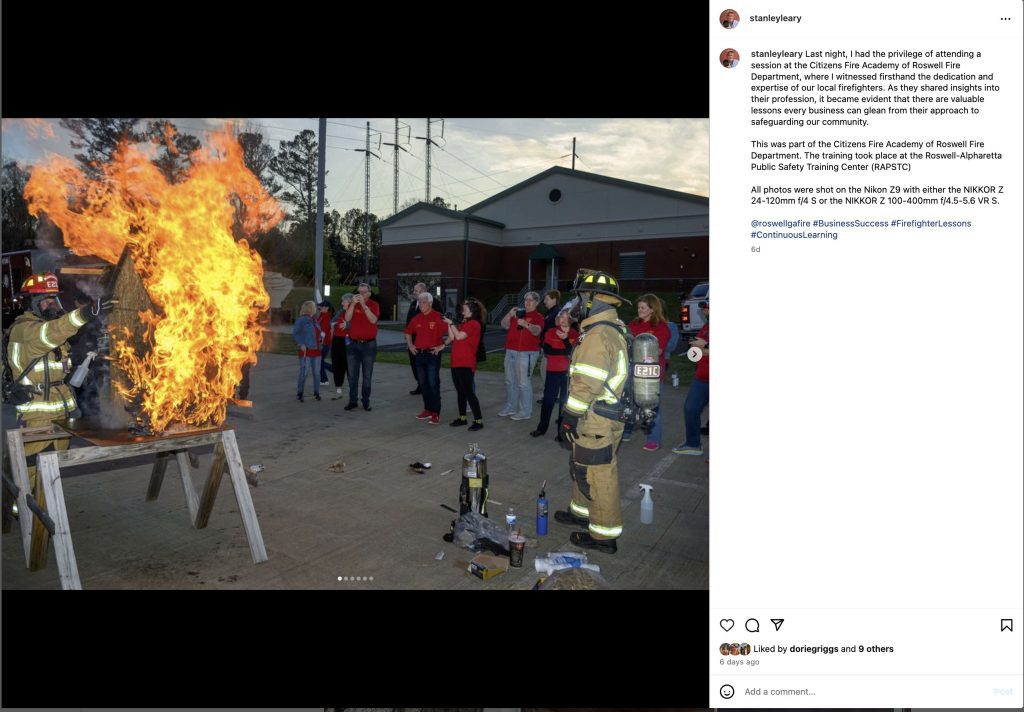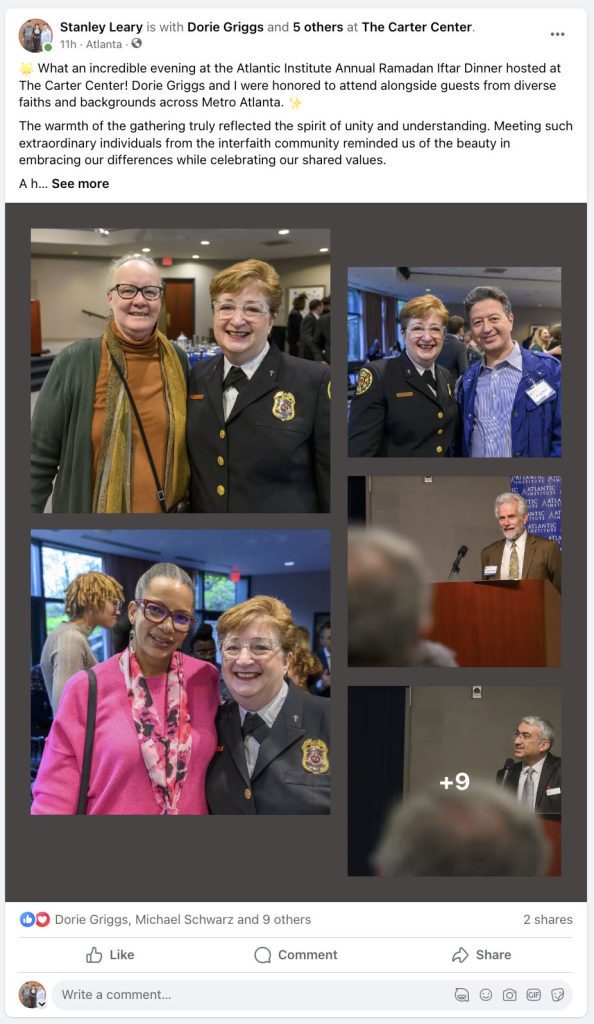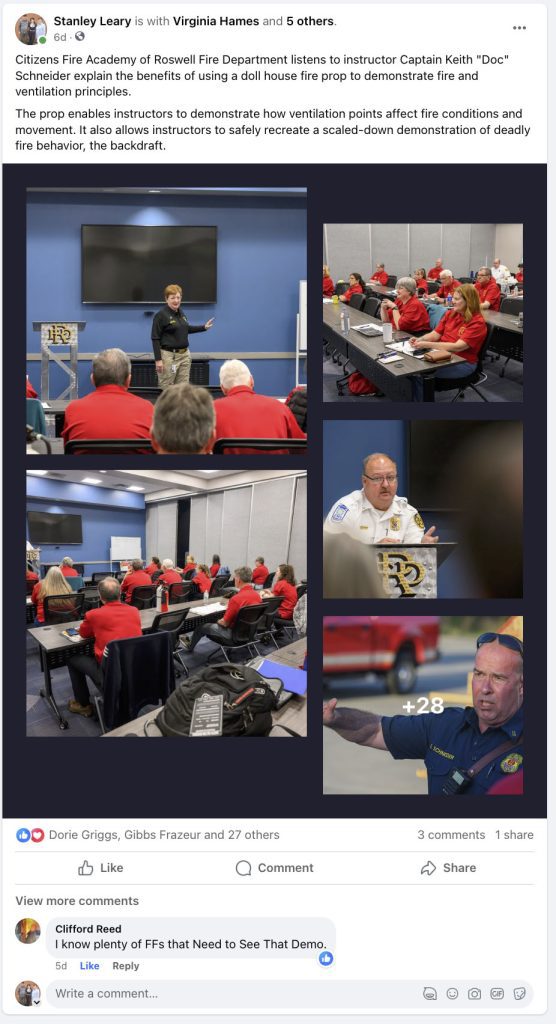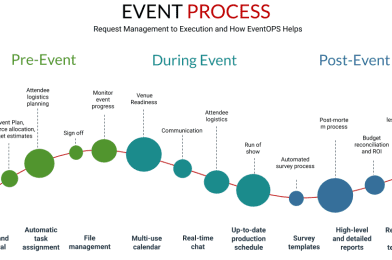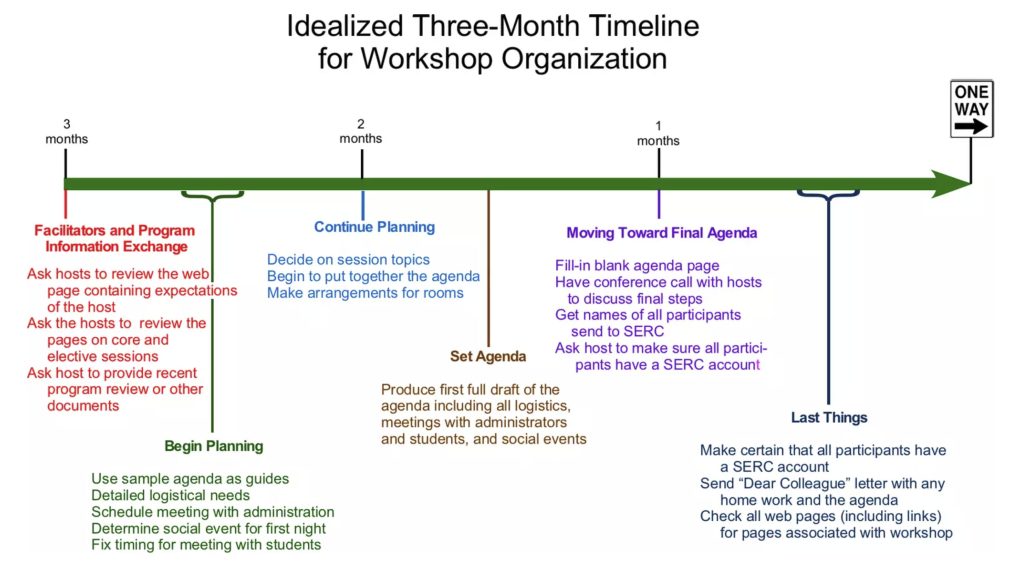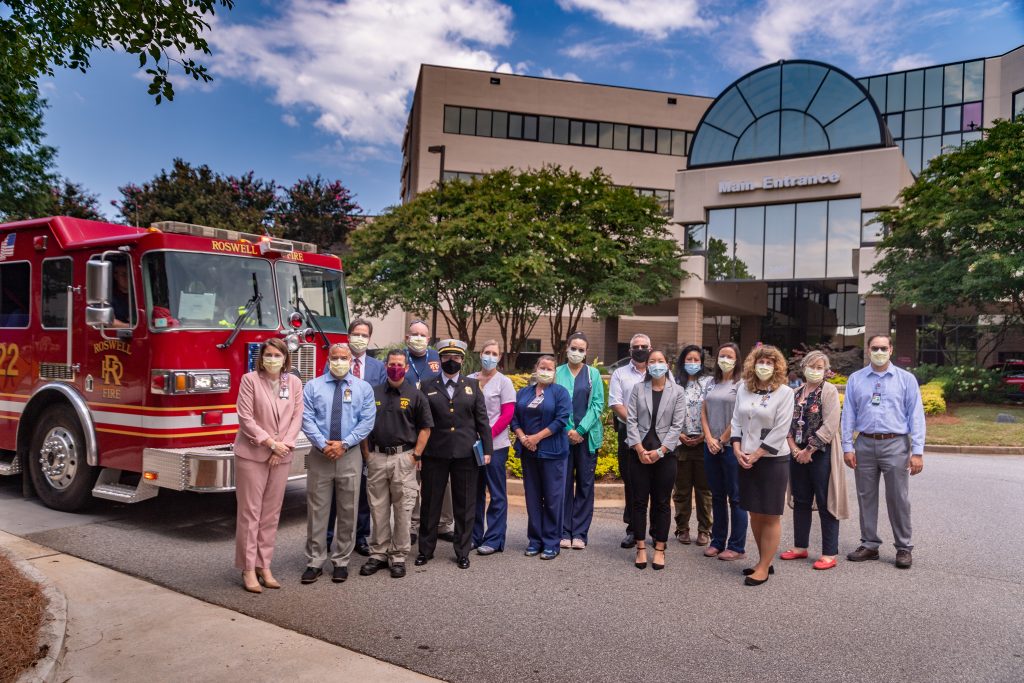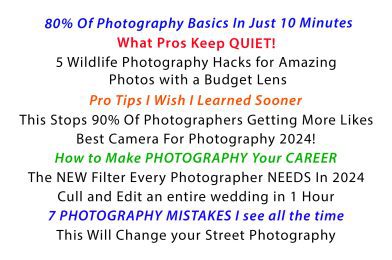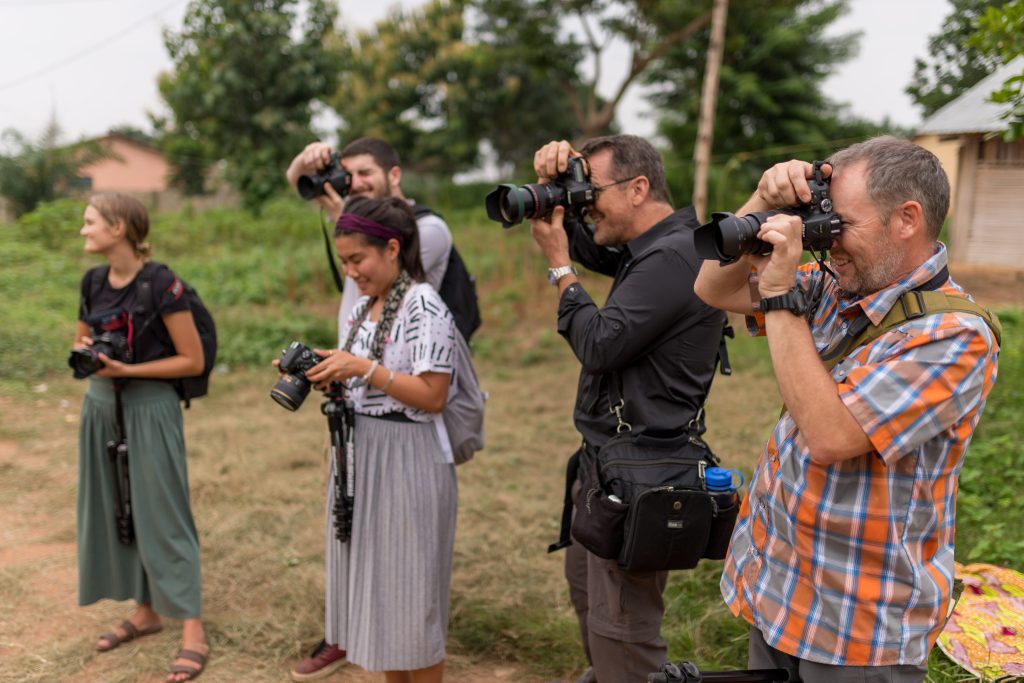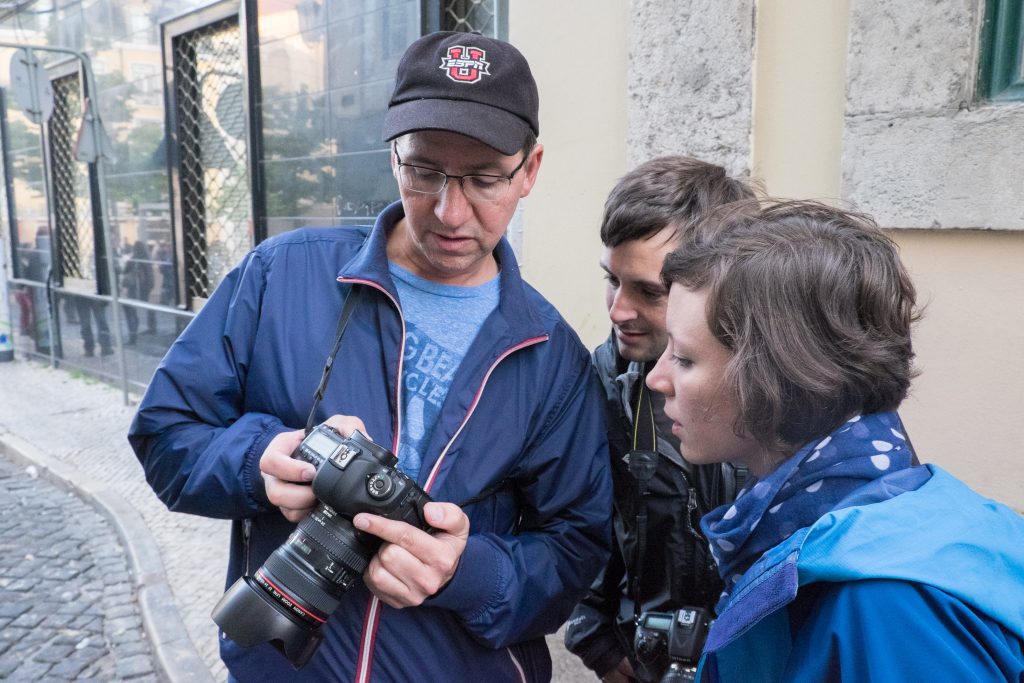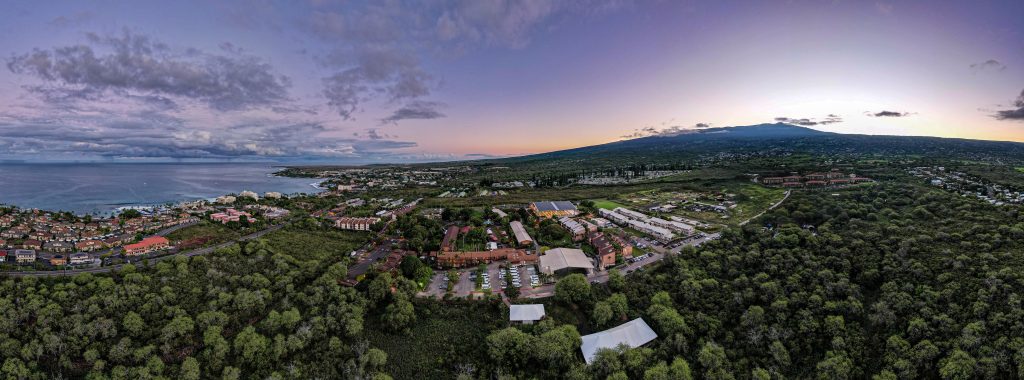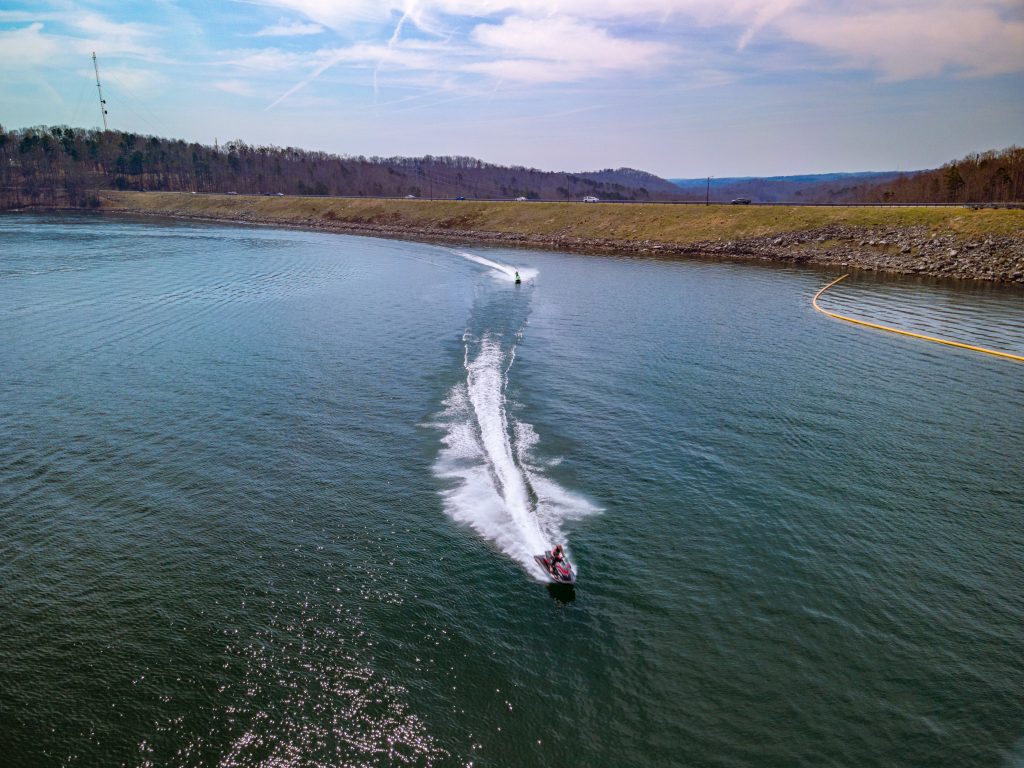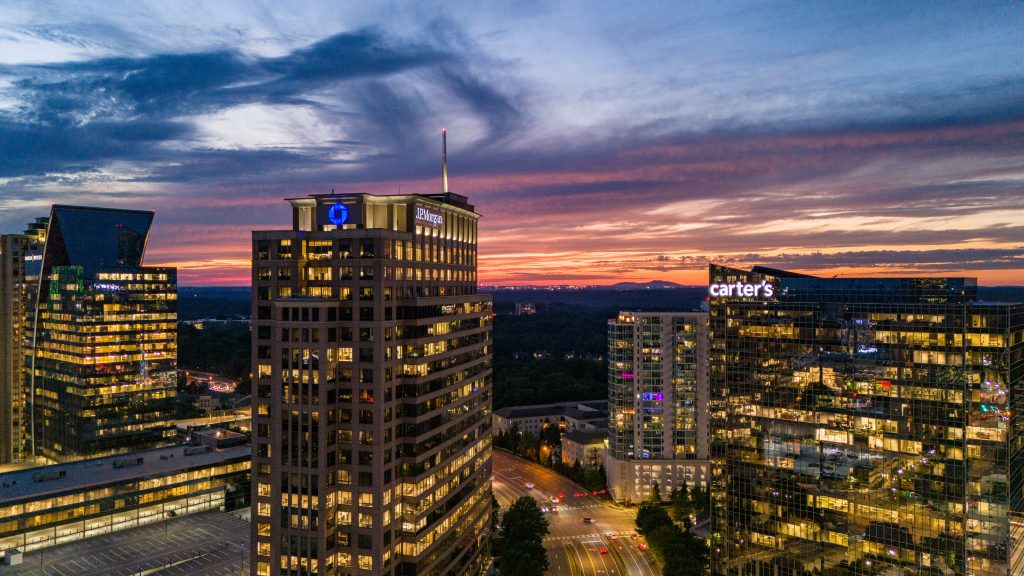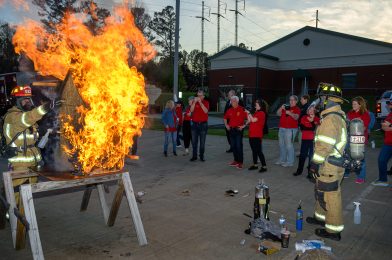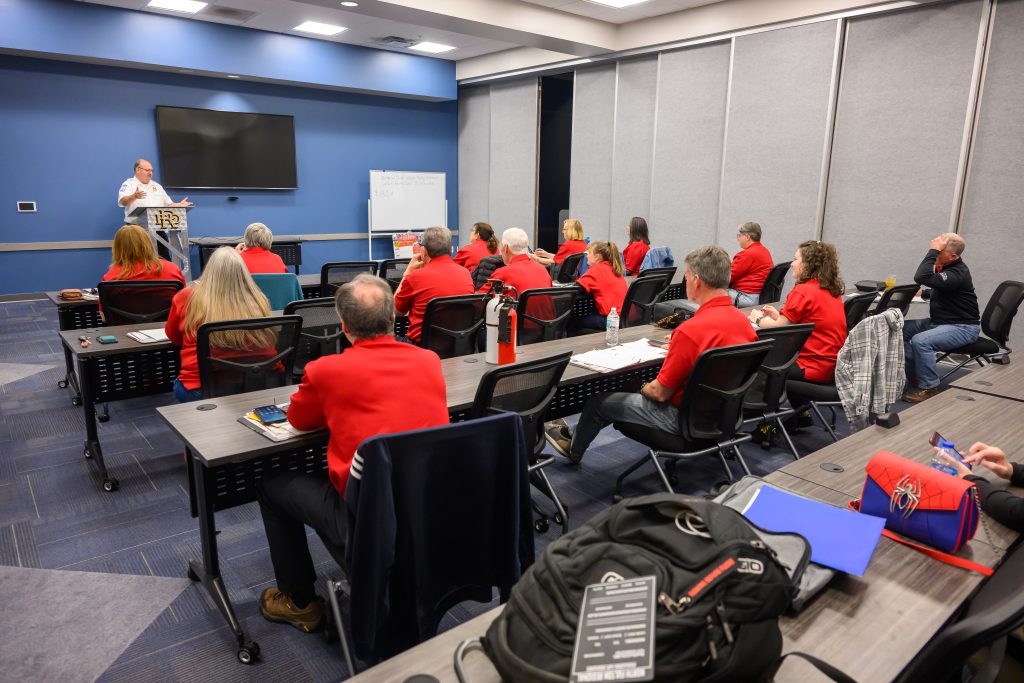In a world inundated with information, the role of photojournalism stands out as a beacon of truth and transparency. At its core, photojournalism is not just about capturing moments; it’s about capturing the essence of truth and delivering it to the public powerfully and irrefutably. I’ve dedicated my life to harnessing the power of storytelling through my camera lens, particularly within photojournalism. I’ve found a unique calling through this medium—to inform, inspire, and ultimately contribute to building a better world.
Photojournalism serves as a cornerstone of transparent communication. In a world where misinformation and manipulation run rampant, photojournalists wield their cameras as tools of truth, capturing moments as they unfold and presenting them to the world without bias or distortion. Whether it’s documenting social injustices, political upheavals, or humanitarian crises, photojournalists are on the front lines, providing a raw and unfiltered perspective that is often hard to dismiss.

For me, the purpose and power of photojournalism go hand in hand with my calling as a storyteller. As a Christian, I believe that my talents and passions are gifts from God, and it’s my responsibility to use them to serve others and reflect God’s love. Through my camera lens, I strive to illuminate the stories of humanity—both triumphs and tragedies—in a way that honors every individual’s inherent dignity and worth.
One of the most profound aspects of photojournalism is its ability to transcend language and cultural barriers. A single image can evoke emotions, spark conversations, and mobilize action on a global scale. Through these visual narratives, we can bridge the gap between distant communities and cultivate a sense of empathy and solidarity across borders.
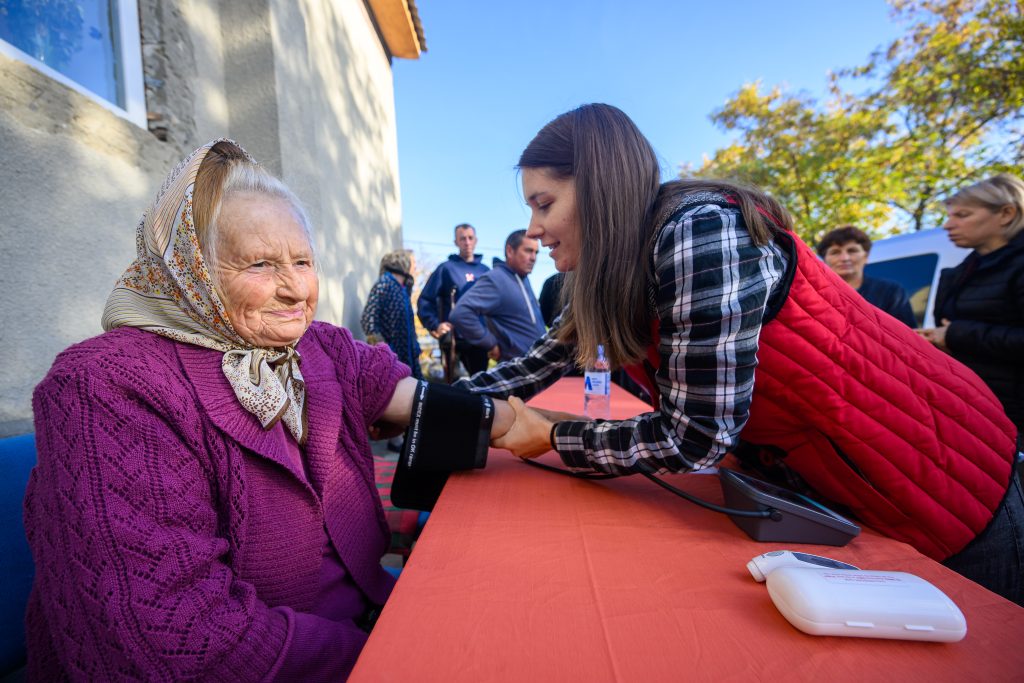
But photojournalism has its challenges. The media’s integrity is constantly scrutinized in an era of digital manipulation and fake news. However, it’s precisely this challenge that fuels my passion for photojournalism. By upholding the highest standards of ethics and integrity in my work, I strive to combat misinformation and restore faith in the power of visual storytelling.
As I reflect on my journey as a photojournalist, I am reminded of the profound impact that this medium has had on shaping my worldview and fulfilling my calling as a storyteller. Through my lens, I’ve witnessed the resilience of the human spirit, the beauty of diversity, and the undeniable presence of divine love in the world. I hope that through my work, I can continue to shed light on the stories that matter most and, in doing so, contribute to the collective pursuit of truth, justice, and compassion.

In conclusion, photojournalism is not just a profession; it’s a calling to bear witness to the realities of our world and use the power of imagery to inspire change and build a better future. As I continue this journey, I am humbled by the opportunity to be a voice for the voiceless and a champion for truth. I invite others to join me in harnessing the transformative power of storytelling through the lens of a camera.



